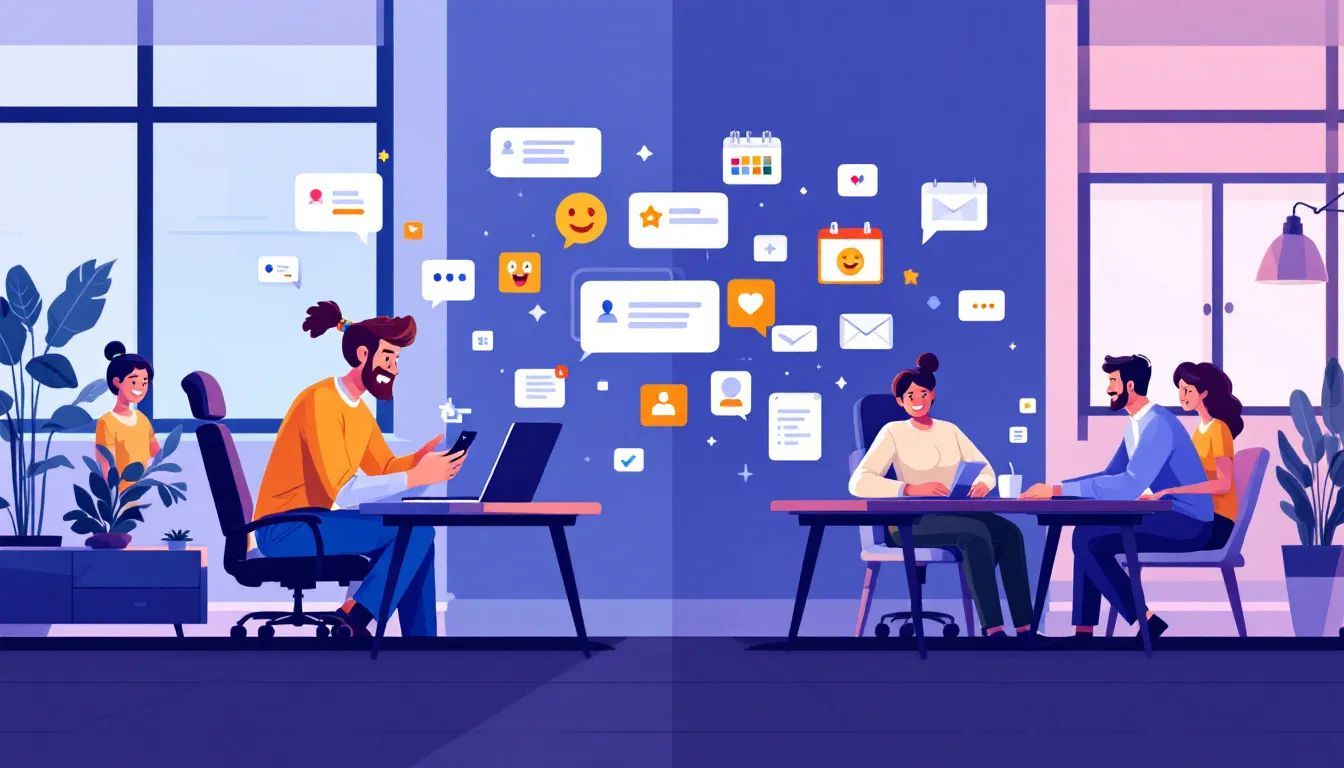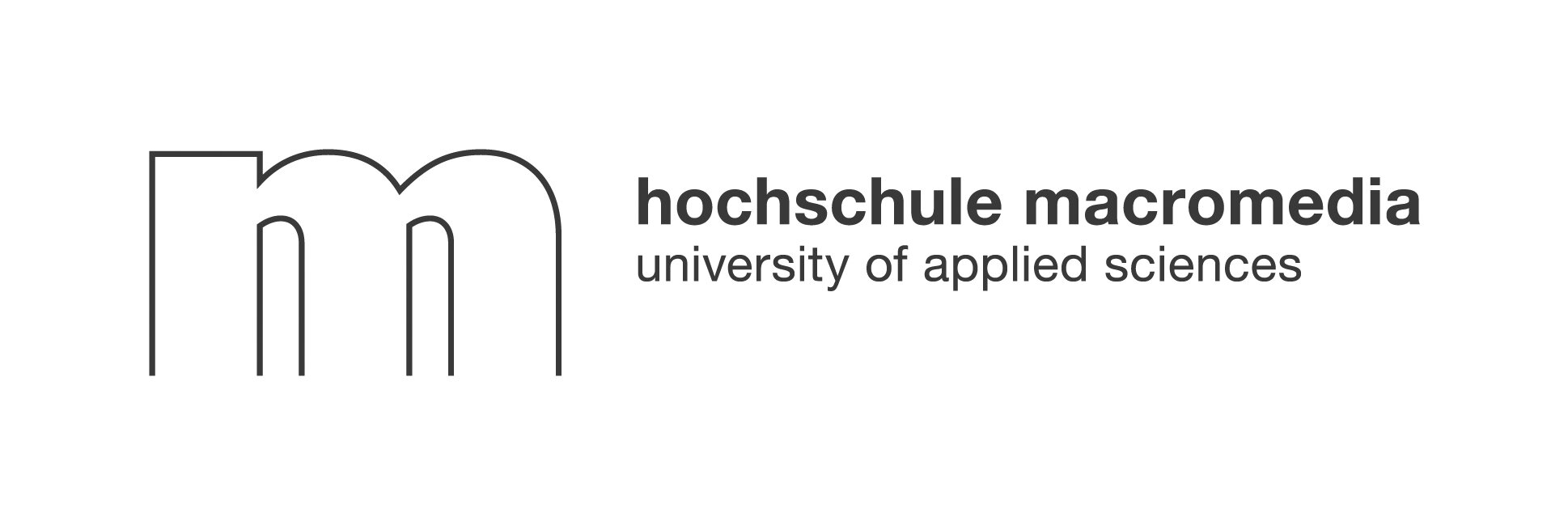1. Introduction to Employee Social Interaction Apps
As the modern workplace continues to evolve, digital tools are transforming the way colleagues connect, share ideas, and build camaraderie. Modern workplace strategies increasingly rely on employee social interaction apps to keep teams united; these tools enable effortless collaboration by breaking down silos and making communication fluid. Many forward-thinking organizations have recognized that traditional events and formal communications fall short in fostering genuine relationships among coworkers. Instead, employee social interaction apps are emerging as vital instruments for sparking authentic connections—and it is clear that this shift is redefining workplace culture.
Employee social interaction apps empower employees to engage in conversations beyond strictly work-related topics. They encourage informal chatter, create spaces for shared interests, and support micro-events that enhance overall well-being. As communication trends continue to evolve, companies now see the importance of nurturing relationships in both remote and onsite settings. The rapid adaptation of these technologies is not just about messaging—it is about creating an environment where each employee feels truly included and valued.
Technology can transform ordinary moments into opportunities for deeper connections.
2. Key Features That Drive Engagement

Employee social interaction apps offer a range of features designed to boost team spirit and streamline communication. Organizations now demand tools with intuitive interfaces, real-time messaging, and integrated social experiences that make it easier to connect on multiple levels. Two standout features include live chat capabilities and AI-driven recommendations that suggest micro-events based on employee interests. These functionalities help employees stay connected even while working remotely, ultimately reinforcing cohesion and reducing isolation.
Among the must-have features are:
- Instant messaging and group discussions
- AI-powered recommendations for personalized events
- Calendar integration for scheduling micro-events
- Secure communication channels
Below is a table that highlights some essential features and their benefits:
Employee social interaction apps are gaining popularity for their ability to merge professional interaction with fun social moments. By automatically coordinating meetups—whether it's a yoga session, cycling group, or cultural exchange—these tools help employees engage in activities they truly enjoy. This modern approach contrasts sharply with outdated, mandatory company events that often lack creativity and fail to satisfy the human need for genuine connection.
Smart technology leads to smarter social interactions in the workplace.
The focus on mobile-first design ensures that every team member, regardless of location, can participate in a vibrant workplace culture. With these features, organizations can build communities where employees naturally form bonds, leading to improved teamwork and heightened job satisfaction.
3. Benefits of Leveraging Social Interaction Apps
Employee social interaction apps have the power to transform work culture. They not only facilitate easier communication but also create an inclusive environment where every team member can contribute and feel celebrated. One significant benefit is the fostering of organic relationships through informal interactions. When employees connect around mutual interests outside the scope of work tasks, the result is a more collaborative and creative atmosphere. This digital transformation catalyzes the sharing of ideas, spurring innovation and driving the organization forward.
These interactive platforms help mitigate the limitations of remote work by introducing spontaneous conversations similar to watercooler chats. They encourage feedback, enjoyment, and the development of deeper relationships that go beyond superficial interactions. Moreover, a well-integrated employee social interaction apps approach leads to improved morale and a significant boost in productivity. When colleagues feel connected, they are more likely to collaborate, offer support, and work together seamlessly on projects.
Key benefits include:
- Enhanced team collaboration and communication
- Increased employee engagement and cultural integration
- Reduction in miscommunication through centralized, clear channels
Employee social interaction apps create a digital ecosystem that supports not only the dissemination of work-related information but also the nurturing of personal interests and hobbies. This blended approach contributes to a positive work atmosphere that directly influences performance metrics. As companies continue to refine their communication strategies, the measurable impact on productivity and workplace satisfaction becomes increasingly evident.
Engaged employees are the cornerstone of an innovative and thriving workplace.
In sum, the benefits of these social platforms extend far beyond basic communication—they drive culture, creativity, and a sense of belonging among all employees.
4. Practical Use Cases for Employee Social Interaction Apps
When exploring practical applications, employee social interaction apps prove invaluable across various settings. The shift to remote and hybrid work models has underscored the importance of maintaining human connections despite physical distance. In scenarios where traditional events can feel forced and impersonal, employee social interaction apps provide a tailored alternative. They enable spontaneous catch-ups and curated micro-events that make digital interactions feel meaningful.
Organizations use these platforms to host targeted social gatherings, such as virtual yoga meetups or company run sessions. For example, during an OHB pilot program, employees participated in guided yoga sessions and organized informal company runs, demonstrating the positive impact of micro-events. Such initiatives not only help break down barriers between departments but also promote overall well-being and reduce stress. In fact, tools like these illustrate how AI can further personalize interactions by matching participants with shared interests for small group activities.
One notable player in this space, Neroia, leverages cutting-edge AI to drive seamless coordination of micro-events. Their platform curates small-group activities—such as cycling groups, wellness sessions, or cultural exchanges—to suit individual interests and availability. This tailored approach contrasts sharply with the rigid structure of company-organized events, which too often fall short in creating true connections among employees.
Benefits of these practical applications include:
- Encouraging participation in health and wellness activities
- Fostering cross-department collaboration through informal gatherings
- Reducing the isolation typically experienced in hybrid work environments
Employee social interaction apps enable organizations to adapt to modern communication needs while addressing the inherent challenges of remote work. Their versatility ensures that every employee, whether in a bustling office or working from home, can enjoy a sense of community.
5. How to Choose the Right App for Your Organization

Selecting the ideal communication tool is crucial to meet the unique needs of a modern workforce. Decision-makers must consider factors such as usability, integration capabilities, and the scalability of the solutions. When evaluating options, focus on the user interface’s simplicity, the platform’s ability to host spontaneous interactions, and the depth of its customization features. Companies should also examine how well the solution supports both remote and in-office employees.
A structured approach can simplify this process. Consider the following ordered list when choosing a platform:
- Assess your team’s communication challenges and needs.
- Identify key features like real-time messaging, AI-driven recommendations, and secure integration with existing systems.
It is also important to compare pricing models and vendor support. Look for platforms that offer trial periods so you can evaluate ease of use without immediate risk, and that provide robust customer support to help with onboarding. Additionally, ensure that any solution aligns with your company’s culture and long-term vision for employee engagement.
A few essential questions to ask include:
- Is the platform intuitive and easy to adopt across diverse user groups?
- How does it foster both work-related and personal interactions?
- Can it integrate with existing collaboration tools and HR systems seamlessly?
Employee social interaction apps stand out when they deliver both simplicity and deep connectivity features. Their ability to nurture organic conversations among remote teams is vital for organizations aiming to maintain a positive workplace culture.
6. Strategies for Successful Implementation
Implementing the chosen platform effectively requires thoughtful planning, training, and a focus on user adoption. The key is to ensure that every member of the organization understands how to use the tool and sees its clear benefits for both work and social connectivity. Start by establishing clear usage guidelines, so employees know when and how to engage on the platform. Then, roll out the solution gradually, perhaps beginning with a pilot group before scaling organization-wide.
To achieve successful implementation, consider these strategies:
- Develop a comprehensive onboarding session that highlights the benefits of spontaneous interactions and social connections.
- Encourage early adopters to share their positive experiences, setting a tone for wider acceptance.
- Provide continuous support through workshops, training sessions, and feedback loops.
Below is an ordered list that outlines a step-by-step strategy for successful implementation:
- Launch a pilot program with a small group of enthusiastic users.
- Gather feedback and adjust the platform’s settings to address challenges and improve user experience.
Employee social interaction apps require a blend of technical readiness and cultural acceptance. Clear communication about the strategic benefits—like increased collaboration, reduced isolation, and improved morale—is essential during the rollout phase. Regular training and accessible support materials further ensure that employees feel comfortable using the new tool.
7. Future Trends in Employee Social Interaction Apps
Looking ahead, employee social interaction apps are set to evolve with advancements in artificial intelligence, further enhancing their ability to connect remote teams. The future promises even more precise AI-driven recommendations for micro-events that cater to individual interests, from virtual fitness sessions to cultural meetups. As these tools mature, we can expect to see greater integration with other enterprise systems and more robust data analytics that inform HR strategies.
One emergent trend is the increasing use of AI to orchestrate chat conversations, automate event scheduling, and personalize interactions. For instance, platforms will soon be able to detect changes in employee sentiment and suggest tailored social activities to boost morale. This approach marks a significant shift away from one-size-fits-all company events that many find rigid and impersonal. Instead, employees will enjoy dynamic, small-group engagements that adapt in real time, fostering authentic connections and enhancing overall engagement.
A bullet list of benefits anticipated with future improvements:
- Enhanced personalization of team interactions
- Automated coordination of micro-events for better participation
- Deeper insights through integrated HR analytics
- Improved security and privacy for confidential communications
Below is a table summarizing future trends and their potential impact:
Employee social interaction apps in the future will not only continue to connect teams but will also empower individuals to curate their own social experiences. With innovations such as AI-led coordination and tailored meetups, these tools are set to revolutionize workplace culture. Organizations that embrace these trends will likely see improved well-being, greater collaboration, and enhanced productivity across all teams.
Future innovations will transform how employees connect, making digital interactions feel as natural as face-to-face chats.




